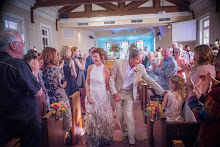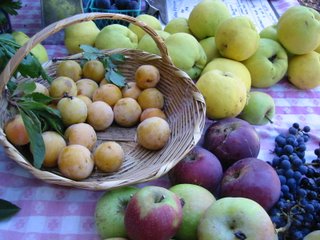WAKING UP, AND THE ROBOT LIFE
We can be awake to our moments, to our breathing in and our breathing out. We can be awake to knowing what we are looking at and where our body is in space and how we are interacting, right now, with gravity. We can know what sounds we are hearing right now and be aware of the pesky thoughts that are coming up, and the voices behind those thoughts and the lure of those thoughts out of the present and into the past and into the future, and often, into misery.
Or we can be floating along in robot land.
We can be a low functioning robot, or a high functioning robot, and the later looks a lot better to the Others on whom we base so much of our life, but if these others are in robot mode, what difference does their opinion mean, really?
Let’s look at some situations and speculate on a low functioning robot, a high functioning robot and an awake person in the same situation.
BREAKFAST. A low functioning robot eats in a hurry, junk food, maybe reading the paper as they eat, or already worrying about what comes next, or yammering away on a cell phone while they eat. Even lower functioning might be yelling at their kids or complaining to their spouse already about whatever sins that froth them into their habitual churn.
A high functioning robot is perhaps eating something besides junk food and listening to NPR. Or reading their paper. They taste a little bit, say the first bite as they shovel in their food, but they too are in a rush, and don’t stop to chew each bite until it is gone before they bring in the next one. They are eating with some pleasure and a lot of attention on getting it over.
An aware person is following their breathing while they eat, and eating slow enough to taste the food from when it enters their mouth until it is liquefied and swallowed. Then they take another bite, perhaps having a breath in and out before the next food comes along. They know how they are sitting in their chair and know what they are seeing around them, and, if in conversation, actually listen to what the other person is saying and take a breath or two before they chime in with what they have to say.
A PARTY.
We’ll start with the awake person here, since their listening and pausing to breathe is that same as mentioned just above and we can mention this, too, about awake listening: they actually hear the tone of voice and the actual style of voice of whomever they are listening to. Even if they have talked with that person many times, they actually hear the music and the strain and the timing and air use when their friend or acquaintance talks with them. They hear their own voice before and while they talk; they pay attention to whether they are saying something that is new, or is just some spiel they’ve downloaded a number of times. They pay attention to the other person while they are talking, which can be disheartening, because most people go to sleep when words are coming their way, either going into a trance or getting busy inside with their next download and chomping at the bit to interrupt and bring it on. This is a trick to being awake: others usually aren’t, and to see them trapped in the same thing they’ve said fifty times can be boring to say the least. But, as a super duper awake person, no boredom exists, because the thrill of following our own breathing and sensing our feet on the ground, and noticing where we are tense and can relax in our bodies and breathing and thinking: ah, this makes life a continuous adventure.
Low functioning robots at parties are either in a panic or in a froth or busy going into hiding with drink or food. They don’t want to be at the party and imagine that everyone is judging that they are inadequate. Or they have a series of angry outpourings they feel free to dump on anyone unfortunate enough to listen to them. Or they have their latest tale of woe, the latest victim nonsense, again for anyone who will buy into this. Often, people will trade: I tell you how awful my mate/ mother/ boss/ neighbor is and you agree on what a big victim I am, and then you tell me the same and I’ll agree what a big victim you are. Same with the angry folk: I’ll tell you how much the world sucks and you agree and you tell me your “It’s terrible” story and I’ll agree.
The high functioning robots, talk a lot, drink a lot and mingle well. They don’t have anything real to say, but they have a good time interacting and saying things that appear to be funny or smart. They enjoy the other people even though they don’t pay any real attention to them, but they know how to chatter so as to seem to them and the other as if they are connecting. They aren’t lonely. They aren’t angry. They aren’t aware. Time is being wasted in a pleasant daze. Or else they are being really high functioning robots and networking, again all down asleep to the moment.
GETTING AROUND TOWN.
We’ll assume a small town, easy to get around on foot and bike. The low functioning robot, rushes to the car, rushes to wherever is next; talks on the cell, curses out anyone in the way, and cuts off anyone and everyone they can.
The high functioning robot listens to the local station or NPR or some class station and goes into a nice little learning about whatever-whatever is being talked about. Or they enjoy the music. Again, though, in a trance to breathing, to sensing, to what they are seeing.
The aware person, notices hands on the steering wheel, and feel of car seat under their butt, or maybe, walking to the car, they realize they’ve got a body and would enjoy walking or riding a bike to the next place. They do this and notice what they see as they walk or bike ride, notice the breathing, notice the shape and movement in their bodies. They enjoy the air and the people they see, and know they are seeing what they are seeing, know they are hearing what they are hearing. They are alive. They are now.
A choice we all have. Always.





